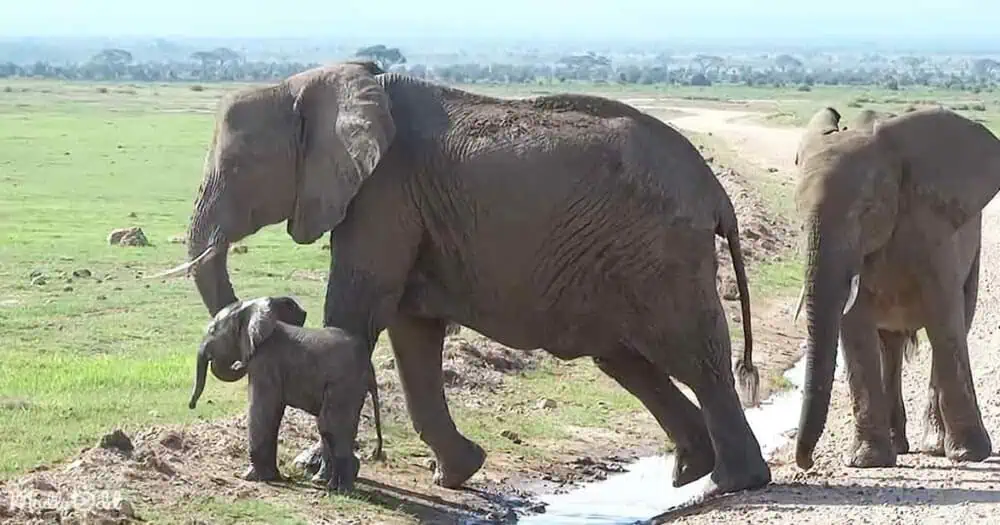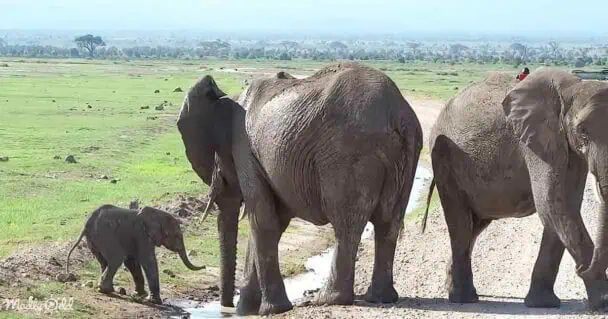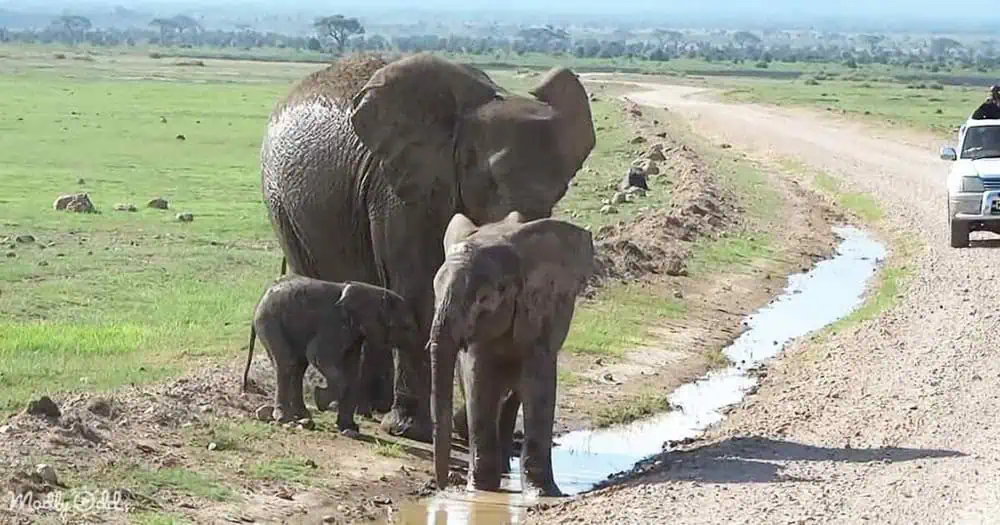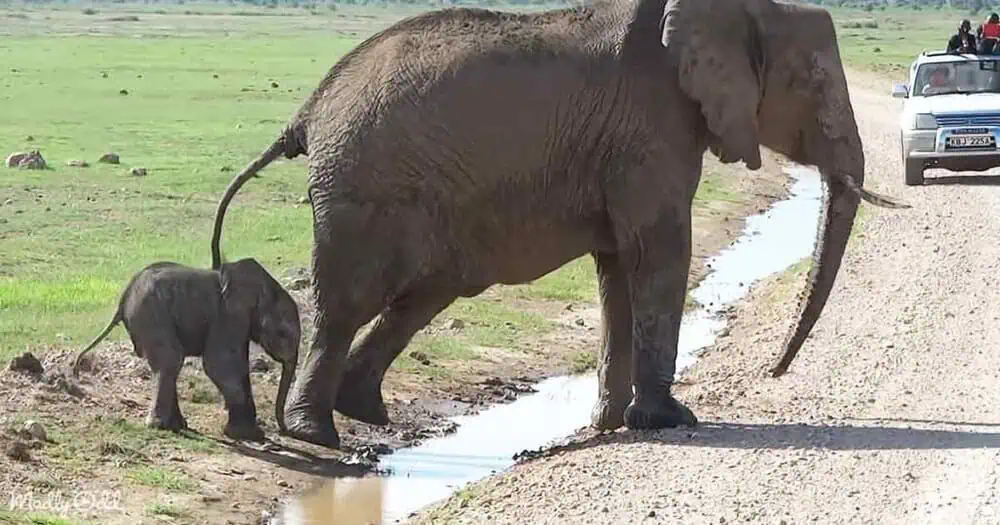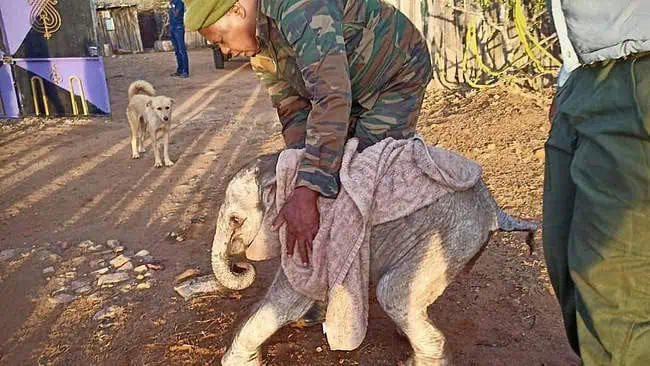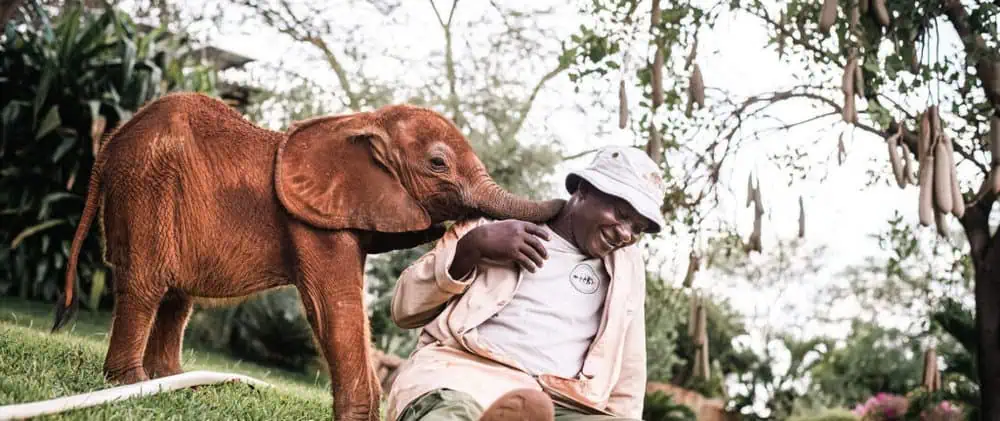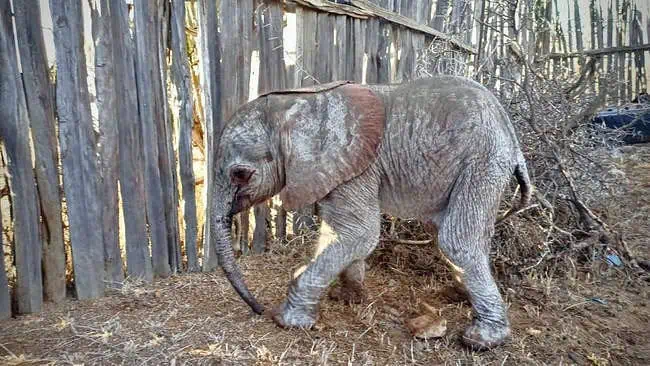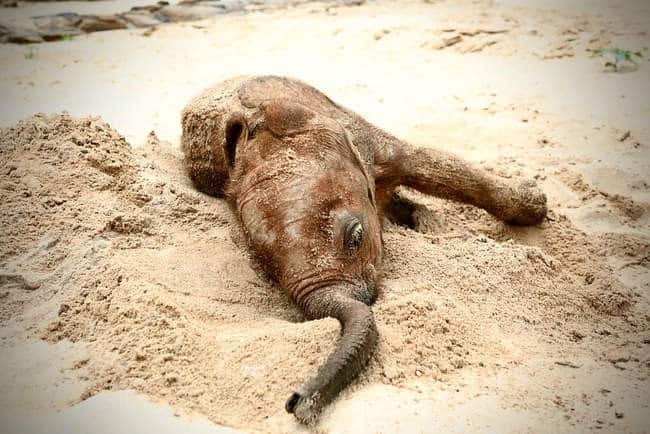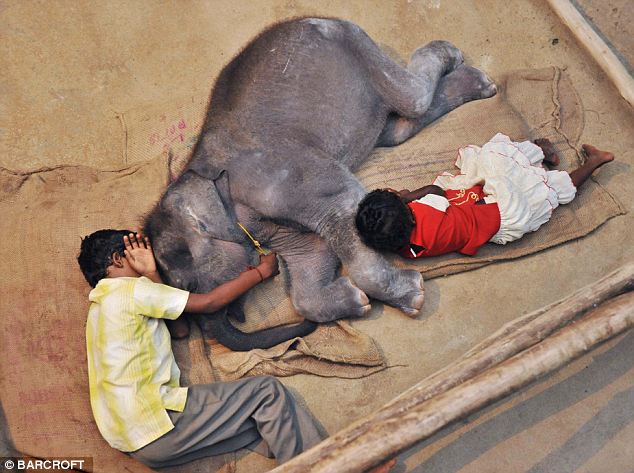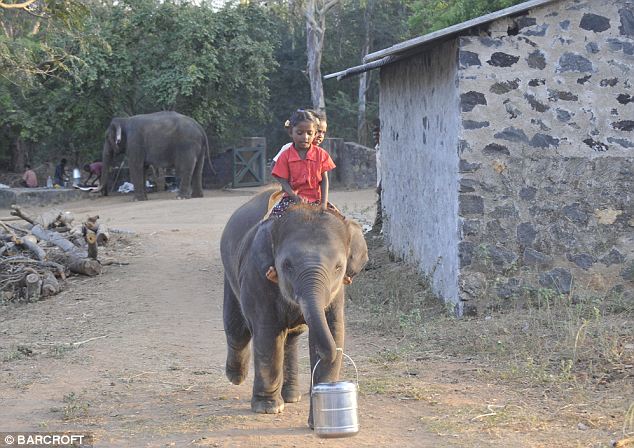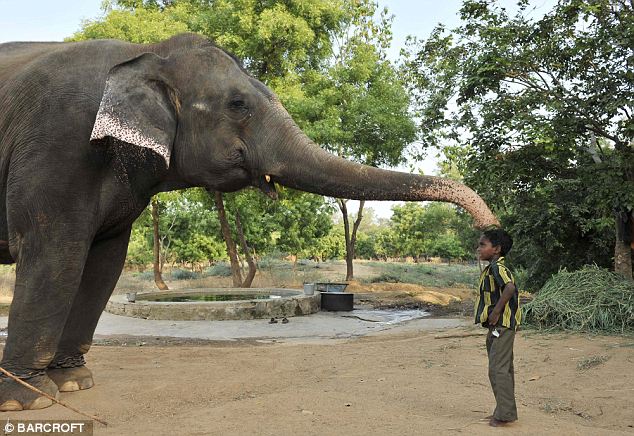In a hypothetical fight, a rhino would likely be the victor against a male lion. Rhinos are significantly larger and heavier, possess tough, thick skin, and have powerful horns, making them formidable opponents.
Lions, while strong and agile predators, are less likely to engage in a fight with a rhino due to the size and defensive capabilities of the rhino.
Lion Heart: Male Lion Bravely Charges Rhino Herd to Protect His Queen
In a dramatic display of courage and devotion, a male lion recently proved that chivalry isn’t dead in the animal kingdom. He charged headfirst into a herd of rhinos, not for a hunt, but to protect his lioness from potential danger. The remarkable incident, captured in thrilling footage, highlights the strong bond between a lion pair and the lengths a male will go to ensure his partner’s safety.
The scene unfolded in the African savanna, a land where predator and prey constantly navigate a delicate balance. While lions are apex predators, rhinos, with their thick hides and formidable horns, are not typical targets. An adult rhino can easily overpower a single lion, especially if it feels threatened.
The footage shows a lioness calmly resting in the open when a group of rhinos approaches. Perhaps they were simply passing by, or perhaps their territorial instincts were triggered. Whatever the reason, the male lion, seemingly sensing a potential threat to his resting partner, sprang into action.
Without hesitation, he roared and charged directly towards the approaching rhinos. It was a calculated risk, a bold move that defied the usual predator-prey dynamic. He was significantly outnumbered and outsized, yet his determination was undeniable.
The rhino herd, initially startled by the sudden outburst, paused in their tracks. The brave lion, with his powerful roar and intimidating presence, managed to momentarily disrupt their advance. The resulting standoff, though brief, allowed the lioness to retreat to a safer distance.
While the male lion could have easily avoided the confrontation, his protective instincts took over. This act of bravery highlights the crucial role male lions play in safeguarding their prides, particularly their lionesses, who are often vulnerable during pregnancy or when caring for cubs.
This incident serves as a reminder of the complex social structures and relationships that exist within the animal kingdom. It underscores the profound connection between a lion and his lioness, a bond built on mutual respect and unwavering protection.
Beyond the sheer spectacle of the lion’s brave act, the incident also raises important questions about wildlife conservation. Both lions and rhinos face numerous threats, including habitat loss, poaching, and human-wildlife conflict. The need to protect these magnificent creatures and their natural habitats is more critical than ever.
